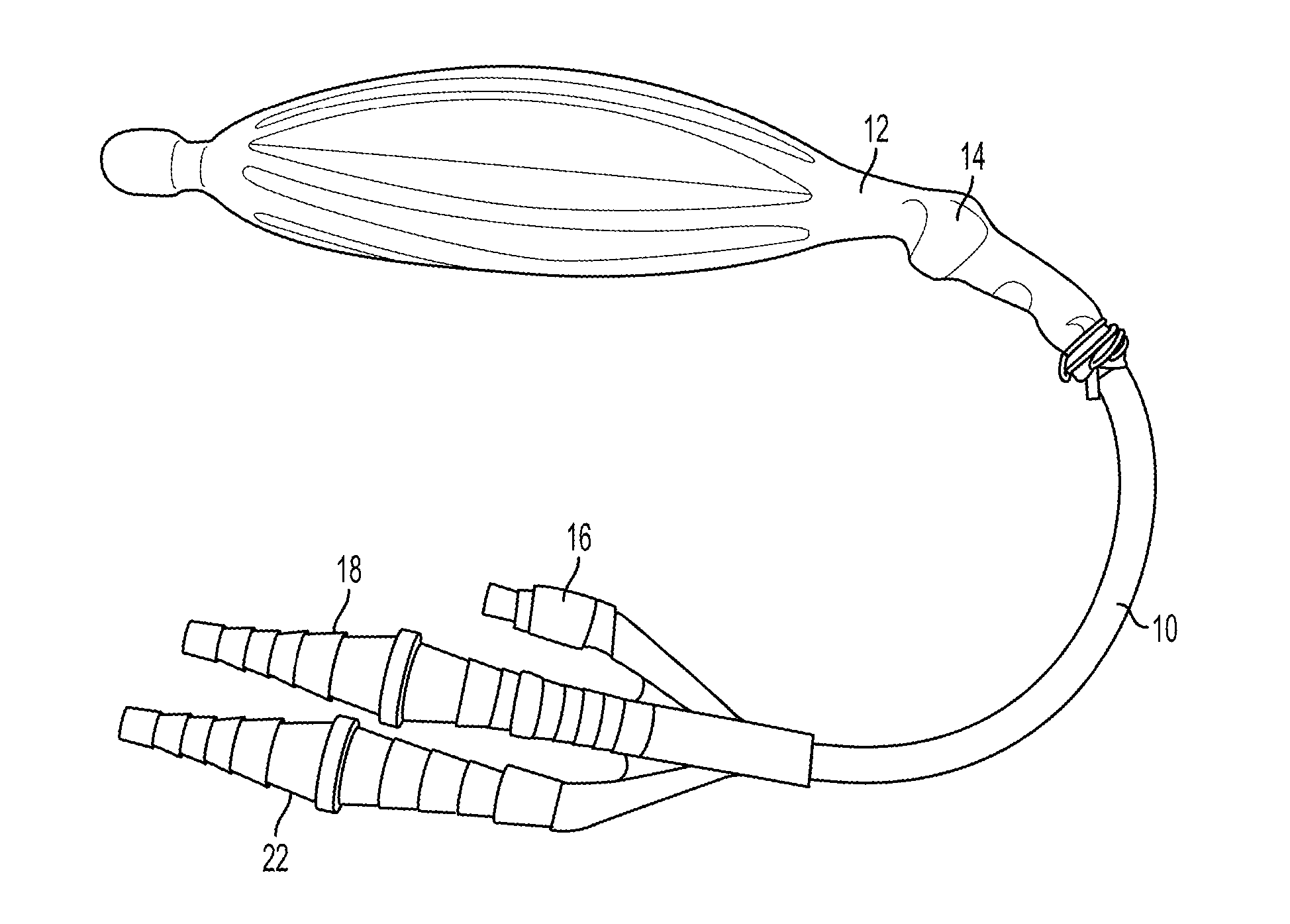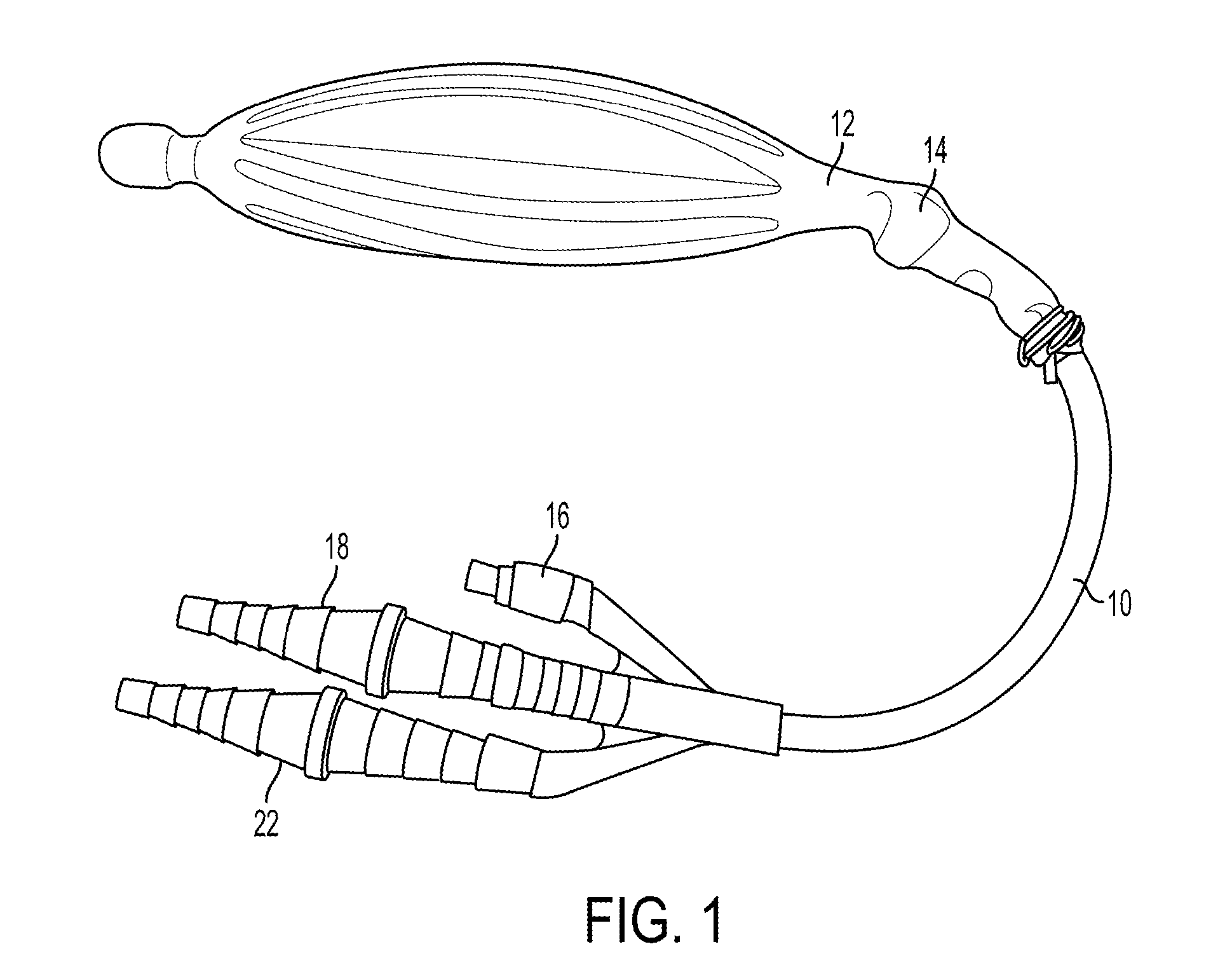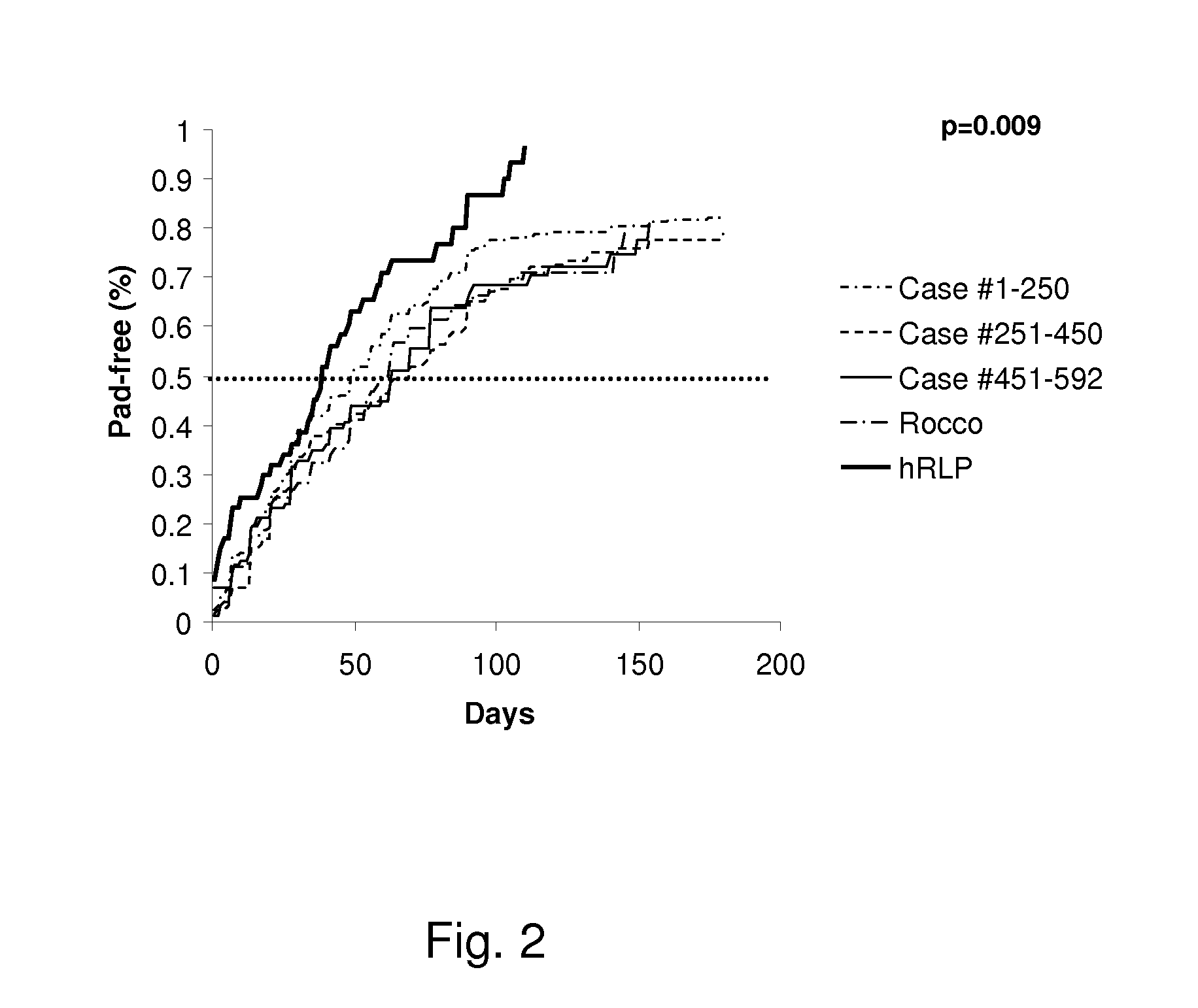Hypothermia for improving rate of functional recovery following pelvic surgeries
a pelvic surgery and hypothermia technology, applied in the field of medical devices and procedures, can solve the problems of more extensive likely side effects, relatively limited surgeries may have temporary or permanent side effects, pelvic surgeries such as those dealing with the urogenital system may have more or less pronounced side effects, etc., to reduce tissue and inflammatory damage, reduce collateral tissue damage, and improve the effect of functional recovery ra
- Summary
- Abstract
- Description
- Claims
- Application Information
AI Technical Summary
Benefits of technology
Problems solved by technology
Method used
Image
Examples
example
Surgery with Intra-Operative Cooling
[0031]Fifty consecutive men underwent Hypothermic Nerve Sparing Robot-assisted Laparoscopic Prostatectomy (hRLP). Two patients were excluded due to prior failed radiotherapy; one patient was withdrawn due to technical difficulties associated with the ECB. All procedures were performed by a single surgeon (TA). Standard pertinent clinical data such as age, BMI, abbreviated International Index of Erectile Function score (IIEF-5 score), American Urological Association symptom score (AUAss), urinary bother score, prostate weight, PSA level, Gleason score, cT-stage, and nerve sparing was entered prospectively into an electronic database (Table 1). Institutional review board approval and HIPAA compliance were observed. As presented herein, urinary incontinence is used as a surrogate for nerve and other tissue damage resulting from surgery. The results clearly demonstrate that hypothermia during surgery reduce collateral damage.
[0032]The normothermic gro...
PUM
 Login to View More
Login to View More Abstract
Description
Claims
Application Information
 Login to View More
Login to View More - R&D
- Intellectual Property
- Life Sciences
- Materials
- Tech Scout
- Unparalleled Data Quality
- Higher Quality Content
- 60% Fewer Hallucinations
Browse by: Latest US Patents, China's latest patents, Technical Efficacy Thesaurus, Application Domain, Technology Topic, Popular Technical Reports.
© 2025 PatSnap. All rights reserved.Legal|Privacy policy|Modern Slavery Act Transparency Statement|Sitemap|About US| Contact US: help@patsnap.com



